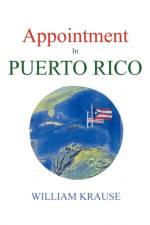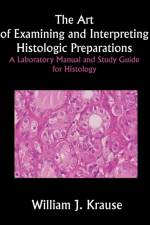av William Krause
245
During the twentieth century, the United States experienced numerous terrorist attacks on its political leaders, institutions and facilities from Puerto Rican activists who attempted assassinations of their own elected governor, a US president, and members of the US congress. Puerto Rican terrorism was considered by some to be an imminent threat to the substantial strategic military facilities and personnel on the island itself, and with this prospect during the height of the Cold War, Ensign Richard Sheppard is assigned to aid in the effort to detect and - hopefully - help deter such potential terrorist activities. His assignment takes him to the Naval Base in San Juan, Puerto Rico, where his hard drinking commanding officer, a staunchly American patriot, assigns him a role to get out amongst the young firebrands possible in the US military itself, and this role leads Sheppard towards a sympathetic understanding of the small island's realities and the variety within its vibrant and burgeoning population. From remarkably beautiful women, working class citizens, and highly educated islanders involved in the politics and programs of Puerto Rico during its 'golden age' under its first elected governor, Luis Muñoz Marín, he finds an array of engaging personalities in his work and travels about the island. And in the process, he finds two things he quests most, the truth and real love. He becomes enamored of the island itself, and also deeply with a captivating young woman of Puerto Rican society he is uncertain is receptive, and especially since his assignment requires a duplicitous role. However, despite an almost abetting participation, he discovers at the last possible moment a terrorist plot and he and his commanding officer manage to thwart the attack and suitably glorify themselves, and Sheppard gains the love and respect of his island beauty.Although Sheppard's adventure is fictionalized, its historical context is accurate, including Puerto Rico's century old and still unresolved status with the US.




